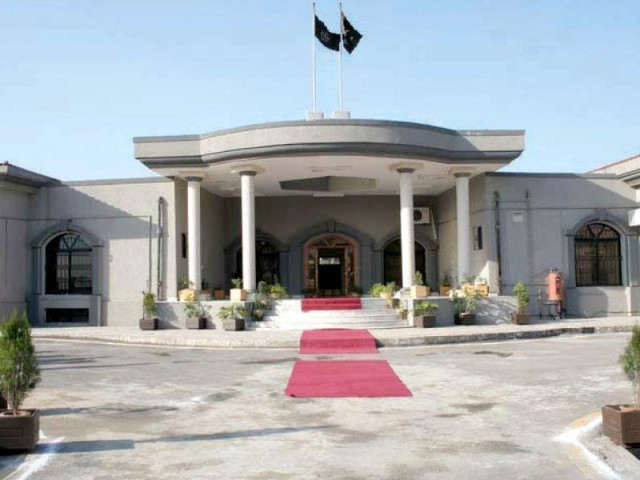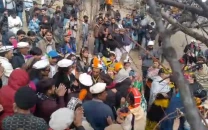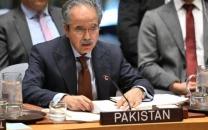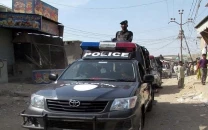In review: A year’s worth of lacklustre glory for IHC
High profile cases disposed as the common man is left in the lurch.

Islamabad High Court. PHOTO: FILE
Similar to the Supreme Court, the IHC also witnessed ‘so-called’ judicial activism, but failed to dispose of normal and common cases long pending in the judiciary.

While focusing on high profile cases, the court failed to provide justice to the hundreds of litigants still awaiting justice.
Certainly, one reason for this is the inadequate number of judges in the IHC. Since its establishment, the federal government has failed to appoint the requisite number of judges. According to the IHC Act, the court should have seven judges available. However, only four judges are performing their duties leading to an increase in pendency.
Data collected from the court shows that a total of 12,131 cases were pending in the IHC until October 15 this year. Only 5,513 cases were disposed in the first ten months of the year, while 6,678 cases were submitted.
According to the data, the total number of pending cases in 2012 was 9,929, while only 6,497 were disposed.
The court made a historical decision on April 18, 2013 when Justice Shaukat Aziz Sididqui ordered the arrest of former military ruler General (Retd) Pervez Musharraf, after rejecting a bail application he had filed in response to a First Information Report (FIR) registered against his actions regarding the declaration of emergency in 2007.
For the first time in the country’s history, the court had ordered the arrest of a former military ruler, who himself was not expecting it.
However, Musharraf escaped from the court as the police failed to arrest him. Later, he was arrested and shifted to his farmhouse which was declared a sub-jail, with the case still pending in trial court.

Many legal experts believe that Mushararf’s legal team had failed to guide him properly and he could have been granted bail had he applied for it in trial court, which was the right jurisdiction.
Similarly, on July 12, 2103 Justice Noorul Haq N Qureshi had ordered the Aabpara police to book Musharraf against the murder of slain Lal Masjid cleric Abdul Rasheed Ghazi who was killed in “Silence Operation 2007”.
The order was passed in response to an application filed by Ghazi’s son, who had requested that an FIR be registered against the former dictator.
The same court had declared development schemes of Rs-9.576 billion approved by former prime minister Raja Pervaiz Ashraf for his constituency, NA-51, illegal.
Aside from the former military ruler, the month of April did not prove fortuitous for the Chairman Federal Board of Revenue (FBR) Ali Arshad Hakeen either, who faced the music when his appointment was challenged and declared illegal by the court.
Also declared illegal was the appointment of the Executive Director of top government hospital, Pakistan Institute of Medical Sciences (PIMS).
The appointment of former Chairman Pakistan Cricket Board (PCB) was declared illegal in July 2013, with the court ordering PCB to hold election within 90 days. Instead of holding election, though, the ruling Pakistan Muslim League (PML-N) appointed Najam Sethi as acting chairman, but the court declared his appointment illegal also and a judgment was reserved by a two-member bench, which is expected to be announced in the second week of January.
Moreover, Justice Siddiqui also declared the immensity scheme launched by the previous PPP government illegal in November 2013.
In the month of December, the IHC restored the heads of different organizations including the Chairman National Database and Registration Authority NADRA, Chairman Pakistan Electronic Media Regulatory Authority (Pemra) and Accountant General of Pakistan Revenue (AGPR). These officials had been suspended by the federal government without any show-cause notices, and subsequently they were restored.
However, as the federal government challenged the reinstatement of Chairman NADRA and Chairman Pemra, the court’s decision is expected to be announced in the second week of January.
Published in The Express Tribune, January 6th, 2014.



















COMMENTS
Comments are moderated and generally will be posted if they are on-topic and not abusive.
For more information, please see our Comments FAQ